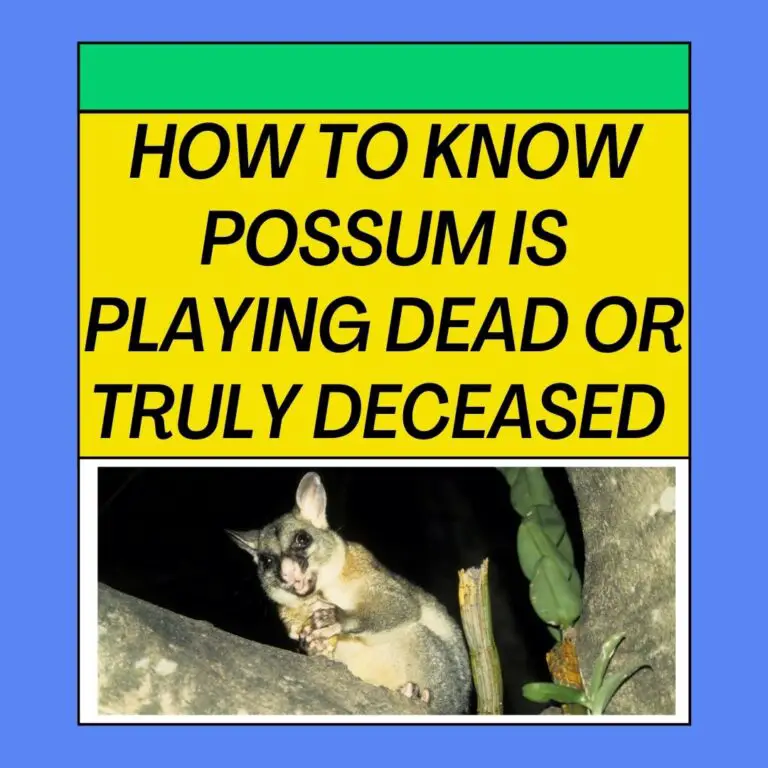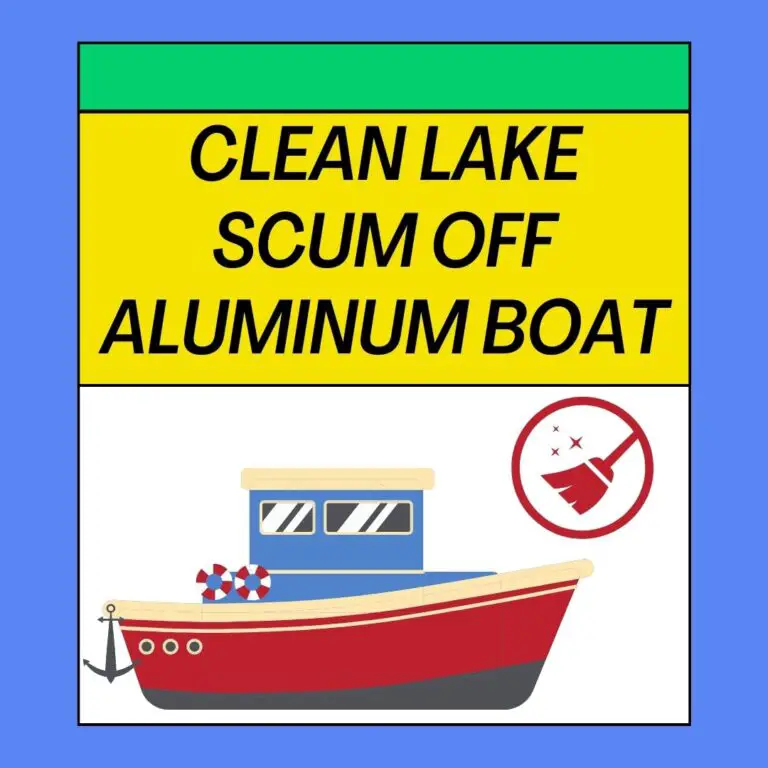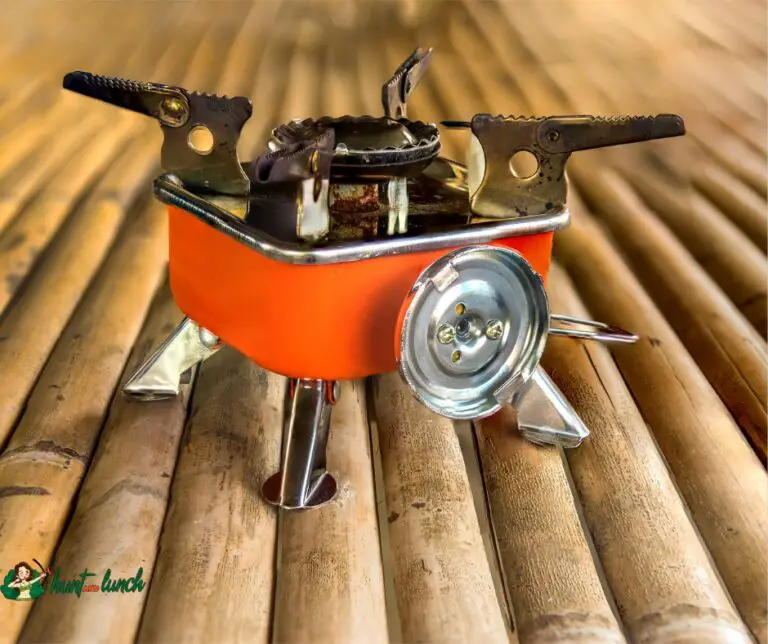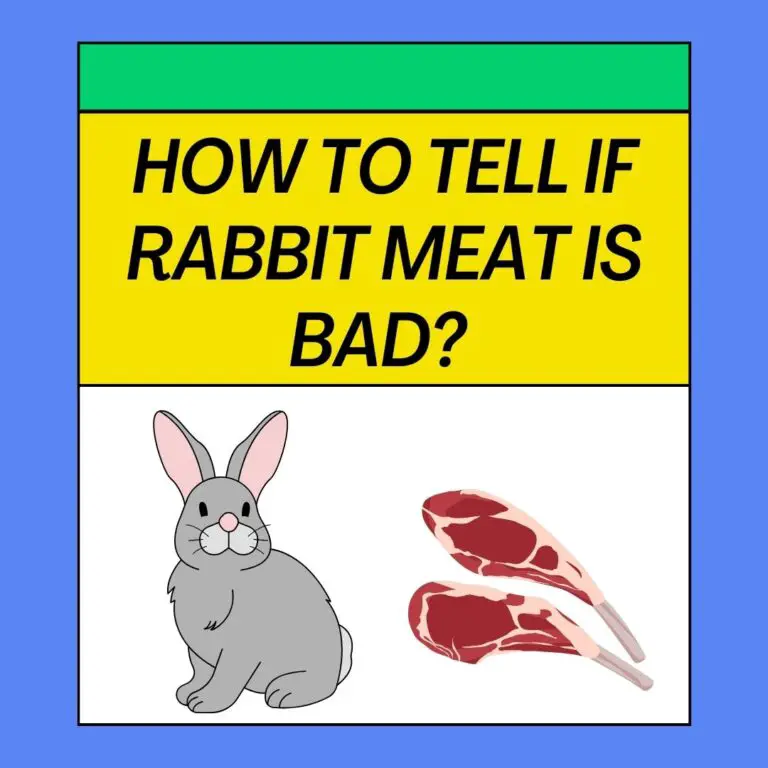
Deer are herbivorous animals with a diverse diet that varies based on the season and the availability of food in their habitat. Understanding what deer like to eat can be valuable for hunters, wildlife enthusiasts, and landowners looking to attract deer. Here are some of the primary food sources that deer prefer:
- Browse and Forbs: Deer are browsers and foragers, which means they primarily feed on the leaves, stems, and flowers of a variety of plants. They often consume a mix of forbs (broad-leaved herbaceous plants) and browse (the tender shoots and leaves of woody plants). Common forbs include clover, dandelion, and ragweed, while browse includes plants like woody shrubs, vines, and young tree shoots.
- Grasses: Grasses are a significant part of a deer’s diet, especially during the spring and summer months. They graze on grasses such as Kentucky bluegrass, fescue, and orchard grass. Grasses provide essential carbohydrates and nutrients.
- Acorns: Acorns from oak trees are a favored food source for deer, especially in the fall. They provide a high-fat content and are a valuable energy source as deer prepare for the winter months. Different oak species produce acorns of varying palatability.
- Fruits: Deer readily consume a variety of fruits when available. This includes apples, pears, blackberries, raspberries, and other types of berries. Fruit-bearing trees and shrubs are attractive to deer.
- Agricultural Crops: In areas near agricultural fields, deer may feed on crops like corn, soybeans, wheat, and alfalfa. While these crops are not their natural diet, they can be a significant food source, which can sometimes lead to conflicts with farmers.
- Nutritional Supplements: Some landowners and hunters provide nutritional supplements, such as specially formulated deer pellets or mineral blocks, to help support the health and growth of deer populations.
- Leaves and Shoots: During the growing season, deer often consume the leaves and tender shoots of various plants, including those in gardens and landscaping. This can sometimes lead to conflicts with gardeners and property owners.
- Woody Plants: In winter, when other food sources are scarce, deer may resort to eating the twigs, bark, and buds of woody plants such as evergreens, willows, and other shrubs.
A Guide to Common Native Deer Forages
Deer forage on a variety of native plants, and understanding these common forages can be valuable for hunters, landowners, and wildlife enthusiasts. Native forages are essential components of deer habitats and play a crucial role in their diet and overall health. Here’s a guide to some of the common native forages that deer rely on:
White-Tailed Deer (Odocoileus virginianus):
Forbs: White-tailed deer are opportunistic feeders and consume a wide range of forbs, which are broad-leaved herbaceous plants. Examples include clover, dandelion, plantain, and chicory.
Grasses: Grasses like Kentucky bluegrass, fescue, and orchard grass are staples in the diet of white-tailed deer, particularly during the warmer months.
Woody Browse: Deer feed on the tender shoots, leaves, and buds of woody plants, including young tree saplings, shrubs, and vines.
Mast: Mast refers to the nuts and fruits produced by trees, and deer particularly enjoy acorns from oak trees.
Mule Deer (Odocoileus hemionus):
Forbs: Mule deer consume a variety of forbs, including sunflowers, lupines, and wildflowers, depending on their availability.
Grasses: They graze on native grasses such as bluebunch wheatgrass and sagebrush.
Shrubs: Mule deer browse on shrubs like sagebrush, bitterbrush, and serviceberry.
Mast: Acorns from oak trees are also an essential food source for mule deer when they are present in their habitat.
Black-Tailed Deer (Odocoileus hemionus columbianus):
Forbs: Black-tailed deer forage on a variety of forbs and herbaceous plants found in their Pacific Northwest habitat.
Grasses: Native grasses like red fescue and perennial ryegrass are part of their diet.
Shrubs: They browse on shrubs like salal, thimbleberry, and oceanspray.
Mast: Acorns and other tree nuts are vital food sources when available.
Key Considerations:
Seasonal Variations: Deer adjust their foraging preferences throughout the year. For example, they may rely more on grasses and forbs during the growing season and transition to woody browse and mast during the fall and winter.
Local Variations: The specific forages deer consume can vary by region and local plant availability. Understanding the native plants in your area can help you manage deer populations effectively.
Habitat Management: Landowners and wildlife managers can enhance deer habitat by planting or maintaining native forages that deer prefer. This can include establishing food plots, managing shrub and tree species, and controlling invasive plants.
Overall, native forages are essential components of deer habitats, providing them with the nutrition they need for growth, reproduction, and survival. Managing and conserving these native plants can help support healthy deer populations and wildlife ecosystems.
What Should deer not eat and feed?
Deer have specific dietary preferences and nutritional needs, and while they are known for their adaptability, there are certain foods that they should not eat or that are not ideal for their diet. It’s essential to be aware of these items to promote healthy deer populations and avoid potential harm to these animals. Here are some things that deer should not eat:
- Toxic Plants: Deer should avoid consuming plants that are toxic to them. Some common toxic plants include:
- Oleander
- Rhododendron and azalea
- Yew
- Foxglove
- Mountain laurel
- Non-Native and Invasive Plants: Non-native plants and invasive species may not provide the necessary nutrition for deer and can disrupt local ecosystems. Examples include:
- Japanese honeysuckle
- Multiflora rose
- Garlic mustard
- Highly Processed Foods: Deer are not adapted to digest highly processed human foods like candy, cookies, or chips. Feeding deer these items can lead to digestive issues and nutritional imbalances.
- Moldy or Spoiled Food: Moldy or spoiled food, whether natural or human-provided, can be harmful to deer. It can lead to digestive problems and illness.
- Foods High in Sugar or Salt: While deer may be attracted to foods high in sugar or salt, such as corn with excessive additives, these items should be given sparingly. Overconsumption can disrupt their natural foraging patterns and lead to health issues.
- Bread: Feeding deer bread or similar wheat-based products is not recommended. It lacks the necessary nutrients and can lead to digestive problems.
- Meat or Animal Products: Deer are herbivores, and their digestive system is not designed to process meat or animal products. Feeding them meat can lead to digestive distress.
- Processed Feeds for Livestock: Commercial feeds designed for livestock may not provide the proper balance of nutrients for deer. They may lack essential vitamins and minerals that deer need.
- Human Medications or Supplements: It is not advisable to give deer human medications or supplements, as their dosages and requirements are different from those of humans.
- Chemicals and Pesticides: Deer should avoid consuming plants that have been treated with chemicals or pesticides, as these substances can be toxic.
It’s important to remember that deer are best suited to their natural diet, which consists of native forages, browse, and mast. If you wish to feed deer or create deer-friendly habitats, consider planting native plants and providing supplemental deer feed that is specifically formulated for their nutritional needs. Always check local regulations and guidelines regarding feeding and managing deer populations, as feeding practices can vary by region.
Can Deer Eat Hay or Straw?
Deer can eat hay, but it is not their preferred or primary food source. Hay is typically fed to domesticated livestock like horses, cows, and goats. While deer are herbivores and can consume a variety of plant materials, their natural diet primarily consists of native forages, browse (woody plants), and mast (nuts and fruits).
Here are some key points to consider when it comes to deer and hay:
- Dietary Preference: Deer prefer to graze on grasses and forage on a variety of native plants, including forbs (broad-leaved herbaceous plants) during the growing season. They may also browse on woody plants, particularly during the fall and winter months when other food sources are scarce.
- Hay as a Supplement: Hay can be used as a supplemental food source for deer during times of food scarcity, especially in the winter when fresh forage is limited. However, it should not be the sole or primary component of their diet.
- Nutritional Value: Hay provides some nutritional value, including fiber and energy, but it may not contain all the essential nutrients that deer need for optimal health and reproduction. Deer have specific dietary requirements, and their nutritional needs are best met through their natural forage and browse.
- Feeding Practices: If you decide to provide hay to deer as a supplemental food source, it’s important to do so responsibly. Use good-quality hay, free from mold and contaminants. Hay can be spread on the ground or placed in feeders designed for wildlife.
- Local Regulations: Be aware of local regulations and guidelines regarding feeding deer, as they can vary by region. In some areas, feeding deer may be discouraged or restricted to prevent overpopulation and the spread of diseases.
While hay can serve as a temporary food source for deer during harsh winter conditions or when other natural forages are scarce, it should not replace their natural diet of native plants and forage. Providing a diverse and balanced diet that mimics their natural foraging habits is the best way to support healthy deer populations.
(FAQs) about deer and their diet:
- What Do Deer Eat in the Winter?
- In the winter, deer rely on woody browse, such as twigs, buds, and bark from trees and shrubs. They may also feed on stored acorns and other mast from the fall.
- Can You Feed Deer Corn?
- Corn is often used as a supplemental food for deer, especially during the winter. However, it should be provided in moderation, as an excessive corn diet can be imbalanced in nutrients.
- Do Deer Eat Apples?
- Yes, deer are known to eat apples when they are available. Apples provide a source of carbohydrates and moisture.
- Are Deer Attracted to Salt Blocks?
- Deer are attracted to mineral salt blocks, which can help supplement their diet with essential minerals. These blocks are often used to attract deer for observation or hunting.
- What Is the Best Food to Attract Deer?
- Native forages, such as clover and chicory, are excellent choices for attracting deer. Additionally, properly managed food plots can provide a diverse range of forage options.
- Is it Safe to Feed Deer in My Backyard?
- Feeding deer in your backyard may be discouraged or regulated in some areas due to concerns about overpopulation, disease transmission, and wildlife-human interactions. Check local regulations and guidelines.
- What Are the Signs of Malnutrition in Deer?
- Signs of malnutrition in deer may include emaciation, a rough coat, lethargy, and decreased body condition. Malnourished deer may also have difficulty surviving harsh conditions.
- How Can I Provide Nutritional Support to Deer on My Property?
- To support deer nutritionally, consider planting native forages, establishing food plots, and providing supplemental feeds formulated for deer. Consult with local wildlife experts for guidance.
- Can Deer Eat Hay or Straw?
- Deer can eat hay, but it is not their preferred or primary food source. It can be used as a supplemental food, particularly in the winter.
- What Should I Avoid Feeding Deer?
- Avoid feeding deer toxic plants, highly processed human foods, moldy or spoiled food, and foods high in sugar or salt. Stick to their natural diet as much as possible.
Understanding what deer eat and how to provide them with appropriate supplemental food, if needed, can contribute to the well-being of these animals and enhance wildlife habitat management efforts.
Summary
It’s important to note that deer adapt their diet based on what’s available in their habitat. They are selective feeders and may prefer certain plants over others. Additionally, deer’s dietary preferences can vary by region, so what they eat in one area may differ from what they consume elsewhere. Understanding their dietary habits and providing appropriate food sources can be essential for attracting and managing deer populations on your property or for successful hunting.






